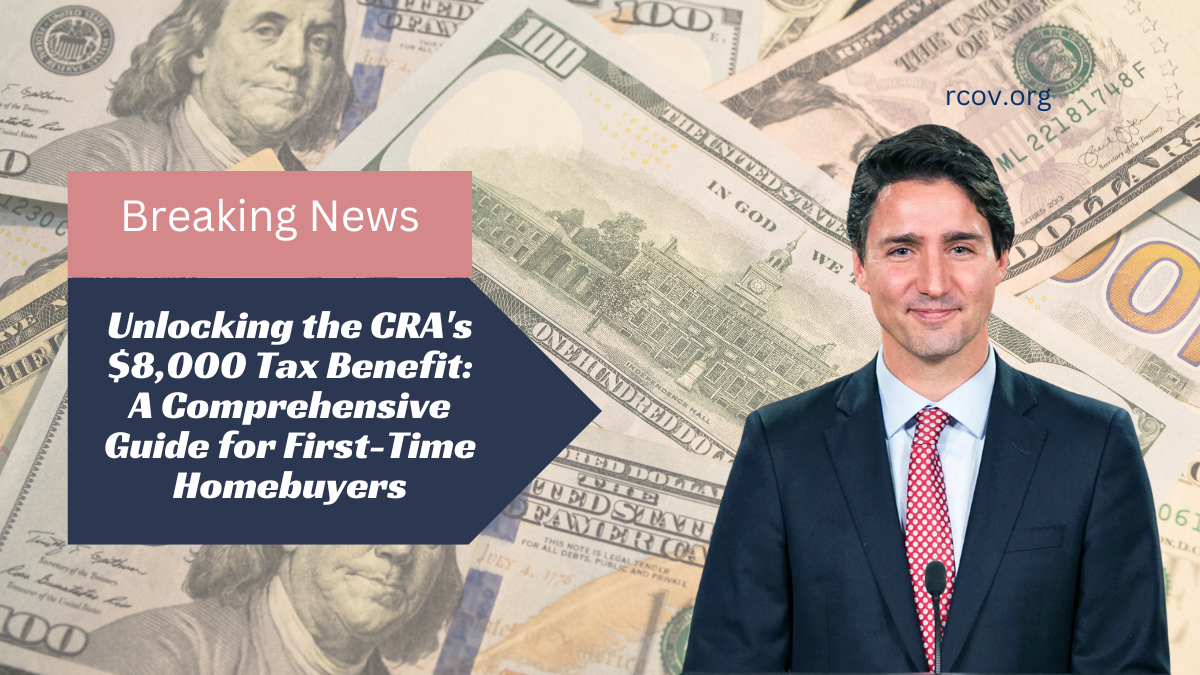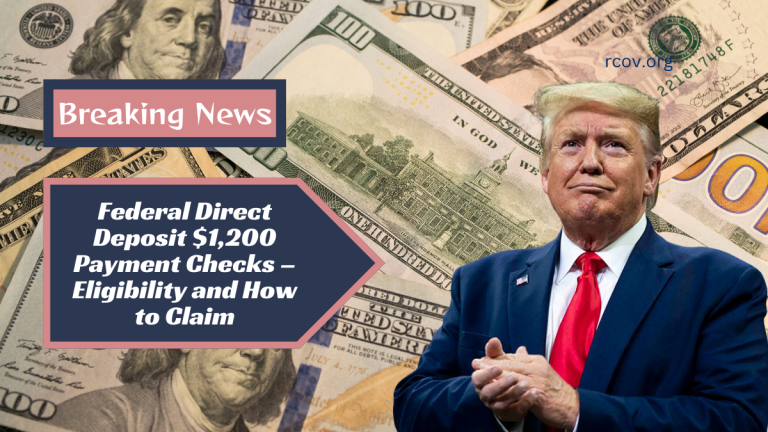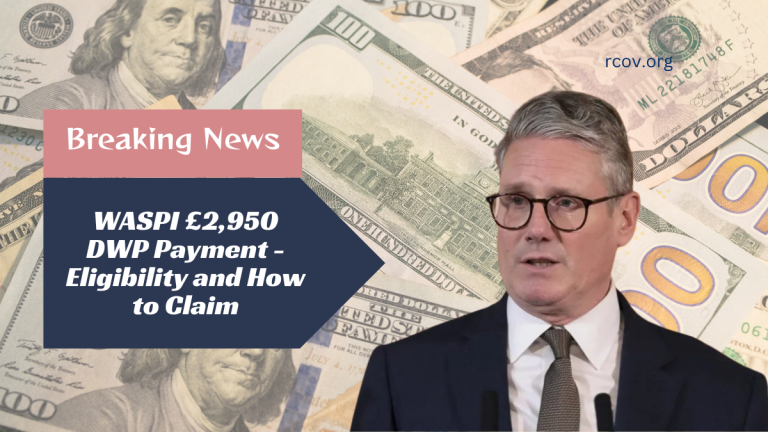The Canadian housing market presents significant challenges for first-time homebuyers, with escalating property prices and stringent mortgage requirements. To alleviate these hurdles, the Canada Revenue Agency (CRA) introduced the First Home Savings Account (FHSA) in 2023. This innovative savings vehicle offers substantial tax advantages, enabling prospective homeowners to save more effectively for their first property.
Understanding the First Home Savings Account (FHSA)
The FHSA is a registered savings plan that amalgamates features of both the Registered Retirement Savings Plan (RRSP) and the Tax-Free Savings Account (TFSA). It allows eligible Canadians to contribute up to $8,000 annually, with a lifetime contribution limit of $40,000.
Contributions are tax-deductible, reducing taxable income for the year, while investment growth within the account is tax-free. This dual benefit accelerates savings accumulation for a home purchase.
Eligibility Criteria for the FHSA
To open an FHSA, individuals must meet specific requirements:
- Age: Must be between 18 and 71 years old.
- Residency: Must be a Canadian resident.
- First-Time Homebuyer Status: Must not have owned a home that served as a principal residence in the current or preceding four calendar years.
These criteria ensure that the FHSA benefits those genuinely entering the housing market for the first time.
Contribution Limits and Tax Benefits
The FHSA permits annual contributions of up to $8,000, with a cumulative lifetime limit of $40,000. Unused contribution room can be carried forward, allowing for flexibility in saving. For instance, if only $5,000 is contributed in one year, the remaining $3,000 can be added to the following year’s contribution limit, permitting a total contribution of $11,000 that year.
Contributions are tax-deductible, effectively lowering the contributor’s taxable income, while investment earnings within the account grow tax-free.
Utilizing FHSA Funds for Home Purchase
Withdrawals from the FHSA are tax-free when used for purchasing a first home, provided certain conditions are met:
- First-Time Homebuyer Status: Must qualify as a first-time homebuyer at the time of withdrawal.
- Purchase Agreement: Must have a written agreement to buy or build a qualifying home before October 1 of the year following the withdrawal.
- Occupancy: Must intend to occupy the home as a principal residence within one year of purchase or construction.
These stipulations ensure that the FHSA funds are utilized appropriately for their intended purpose.
Comparison with the Home Buyers’ Plan (HBP)
The FHSA differs from the existing Home Buyers’ Plan, which allows individuals to withdraw up to $35,000 from their RRSPs to purchase a first home, with the requirement to repay the withdrawn amount over 15 years.
In contrast, FHSA withdrawals do not need to be repaid, providing a more straightforward saving mechanism. Notably, individuals can leverage both the FHSA and HBP for the same home purchase, potentially accessing up to $75,000 in funds.
| Feature | FHSA | HBP | Contribution Limit | Repayment Requirement |
|---|---|---|---|---|
| Annual Contribution Limit | $8,000 | N/A | $8,000 | None |
| Lifetime Contribution | $40,000 | $35,000 | $40,000 | 15 years |
| Tax Deductible | Yes | Yes | Yes | Yes |
| Withdrawal Repayment | Not Required | Required | Not Required | Required |
This table highlights the key differences between the FHSA and HBP, assisting potential homebuyers in making informed decisions.
In conclusion, the CRA’s $8,000 tax benefit through the FHSA offers a significant opportunity for first-time homebuyers to save efficiently for their first home. By understanding the eligibility criteria, contribution limits, and strategic utilization of the FHSA alongside existing programs like the HBP, prospective homeowners can better navigate the financial challenges of entering the housing market.
FAQs
What is the First Home Savings Account (FHSA)?
The FHSA is a registered savings plan introduced by the Canadian government to help first-time homebuyers save for a down payment. It combines features of the RRSP and TFSA, offering tax-deductible contributions and tax-free investment growth.
Who is eligible to open an FHSA?
Canadian residents aged 18 to 71 who have not owned a home that served as their principal residence in the current or previous four calendar years are eligible to open an FHSA.
How do FHSA contributions affect my taxes?
Contributions to an FHSA are tax-deductible, meaning they reduce your taxable income for the year, potentially lowering your overall tax liability.
Can I use both the FHSA and the Home Buyers’ Plan (HBP) for the same home purchase?
Yes, eligible individuals can utilize both the FHSA and HBP concurrently, allowing access to more funds for purchasing a first home.
What happens if I don’t use the FHSA funds to buy a home?
If FHSA funds are not used to purchase a qualifying home within 15 years, the remaining balance can be transferred to an RRSP or RRIF without affecting contribution limits, or withdrawn with the withdrawn amount being subject to taxes.







